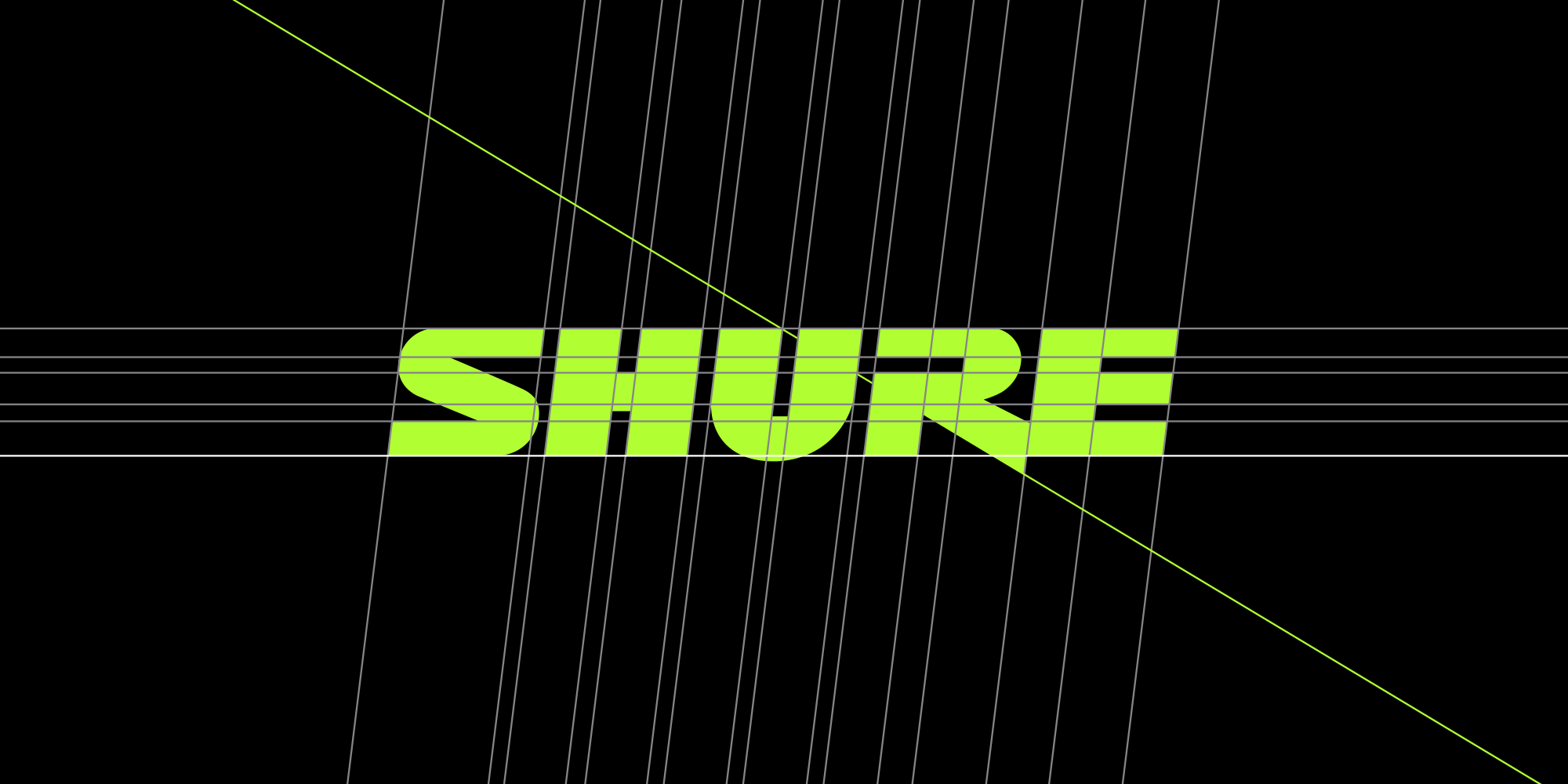How to Avoid Comb Filtering with Podium Mics

Here are some helpful hints from Shure Associate and audio pro John Born.

Beware of Comb Filtering
Comb filtering occurs when two or more open microphones pick up the same sound source and then are mixed together. Because sound enters the microphones at slightly different times, cancellation of frequencies occurs when those two signals are mixed together. It results in a hollow, empty sound. This is common when a person wearing a lavaliere or headset mic steps up to an active podium microphone.
The solution: Be alert. Only use one mic. Mute the other one.
Don't Get Too Close

If you're having large changes in volume between readers, try positioning the podium mic slightly further back. If the mic is about 8 inches away, you'll need to double the distance from the microphone (in this case, 16 inches) to experience a significant change in level. If the microphone is only 2 inches away, moving back to 4 inches results in a noticeable 6 dB drop. Set your gain stage around 7-10 inches and you'll have less change when people speak further or closer to the mic.
Train Your Users
Encourage those using a podium gooseneck mic to move the mic into position before speaking. Having a properly placed microphone will get your more gain in your system causing less feedback during your service.
Minimize Plosives
Try positioning the podium mic on the side of the mouth instead of the center. You'll receive the same level just without the plosives from those pesky P's and B's. If you mount the mic in the corner of the podium it also gives a better sightline for reading material on the lectern while minimizing plosives.
Dump the Lows, Dump the Highs
Humans can only reproduce midrange frequencies from about 300Hz- 12kHz. Everything else is noise in your microphone. Make sure the low cut filter is engaged on your channel strip and reduce the high and low EQ knobs 6dB-12dB resulting in the typical speech EQ curve below.

John Born is a Market Development Specialist at Shure Incorporated. In this position he provides in-depth training on the complete line of Shure professional and consumer products to dealers, installers, and end users, and presents seminars on a variety of audio topics.
In addition to his role at Shure, John also works as a producer, recording engineer, and sound system designer throughout Chicagoland, including an annual stint as mix engineer for the Elmhurst College Jazz Fest. He has served as live sound engineer for a number of regional and touring performers, providing a wealth of practical experience that enhances the training seminars he conducts for Shure.
